 The last Saturday of January 2021 came and went without fireworks or other hoopla in Buckeye Lake, Ohio. That’s normally the day of the Buckeye Lake Winterfest but the event, like so many others, fell victim to COVID-19. Interestingly, the previous year’s Winterfest was one of the last pre-pandemic events I attended. The blog entry is here. A December 2020 newspaper article announcing the postponement said organizers were hoping to hold the event in the spring but that seems not to have happened. What attracted me to the event in the first place was its use of Benny the Bass in a Puxsuntawny Phil style role in predicting the timing of warmer weather. Last year, people were not nearly as interested in when winter would end as when the pandemic would. That may actually be true this year as well, but Benny was back on the job in any case.
The last Saturday of January 2021 came and went without fireworks or other hoopla in Buckeye Lake, Ohio. That’s normally the day of the Buckeye Lake Winterfest but the event, like so many others, fell victim to COVID-19. Interestingly, the previous year’s Winterfest was one of the last pre-pandemic events I attended. The blog entry is here. A December 2020 newspaper article announcing the postponement said organizers were hoping to hold the event in the spring but that seems not to have happened. What attracted me to the event in the first place was its use of Benny the Bass in a Puxsuntawny Phil style role in predicting the timing of warmer weather. Last year, people were not nearly as interested in when winter would end as when the pandemic would. That may actually be true this year as well, but Benny was back on the job in any case.
 I was on my way north long before dawn was even thinking about cracking. In 2020, I parked near the brewery and walked to and from the park where Benny makes his prediction. This year, with snow on the ground and near-zero temperatures, I had no desire to do much walking and drove directly to the park. There were a few cars present when I arrived but not many. Before getting out of my car, I decided to drive to the other side of town for coffee.
I was on my way north long before dawn was even thinking about cracking. In 2020, I parked near the brewery and walked to and from the park where Benny makes his prediction. This year, with snow on the ground and near-zero temperatures, I had no desire to do much walking and drove directly to the park. There were a few cars present when I arrived but not many. Before getting out of my car, I decided to drive to the other side of town for coffee.
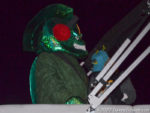
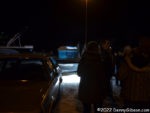
 By the time I returned, Benny and quite a few fans had arrived. I managed to get the closeup of the real Benny at the top of this post before it got too crowded, and I got a shot of the mascot Benny — but not a very good one — a bit later. Removing a glove to take pictures was something I kept to a minimum and taking pictures with both gloves on was something that kept picture quality to a minimum.
By the time I returned, Benny and quite a few fans had arrived. I managed to get the closeup of the real Benny at the top of this post before it got too crowded, and I got a shot of the mascot Benny — but not a very good one — a bit later. Removing a glove to take pictures was something I kept to a minimum and taking pictures with both gloves on was something that kept picture quality to a minimum.


 In the predawn darkness, the shadow-based method of predicting that groundhogs employ is useless. Instead, a bunch of minnows is dumped into Benny’s tank and a one-minute countdown begins. If the time expires without Benny downing a minnow, six more weeks of winter is to be expected. If a minnow is gone before the time is, we’ll have an early spring. Either way, we get fireworks.
In the predawn darkness, the shadow-based method of predicting that groundhogs employ is useless. Instead, a bunch of minnows is dumped into Benny’s tank and a one-minute countdown begins. If the time expires without Benny downing a minnow, six more weeks of winter is to be expected. If a minnow is gone before the time is, we’ll have an early spring. Either way, we get fireworks.
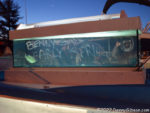 In 2020, the crowd chanted “Eat it, Benny”. This year they seemed too cold to chant much of anything despite the MC leading the more official “Take the Bait. Spring can’t wait.” cheer. That, plus repeated playings of the new Winterfest song, may have done the trick. All the minnows survived until the thirty-second warning and several seconds longer but then…
In 2020, the crowd chanted “Eat it, Benny”. This year they seemed too cold to chant much of anything despite the MC leading the more official “Take the Bait. Spring can’t wait.” cheer. That, plus repeated playings of the new Winterfest song, may have done the trick. All the minnows survived until the thirty-second warning and several seconds longer but then…

 I took the picture of Benny’s tank and prediction once the area was sufficiently clear of bodies to get a clear view. Once the park was sufficiently clear of cars that I could get out of my parking space, I drove directly to Our Lakeside Diner for the traditional (It is now!) perch and eggs breakfast. Incidentally, this place definitely knows how to serve coffee.
I took the picture of Benny’s tank and prediction once the area was sufficiently clear of bodies to get a clear view. Once the park was sufficiently clear of cars that I could get out of my parking space, I drove directly to Our Lakeside Diner for the traditional (It is now!) perch and eggs breakfast. Incidentally, this place definitely knows how to serve coffee.


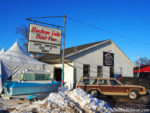 Then it was down the street to the Buckeye Lake Brewery for another tradition. When I was here in 2020, I delayed having a beer until I had walked around the town quite a bit. This year, despite a fourfold increase in temperature since I’d arrived, I had no desire for a stroll of any length. So the perch was quickly followed by a Winterfest Ale and that was quickly followed by my departure for home.
Then it was down the street to the Buckeye Lake Brewery for another tradition. When I was here in 2020, I delayed having a beer until I had walked around the town quite a bit. This year, despite a fourfold increase in temperature since I’d arrived, I had no desire for a stroll of any length. So the perch was quickly followed by a Winterfest Ale and that was quickly followed by my departure for home.

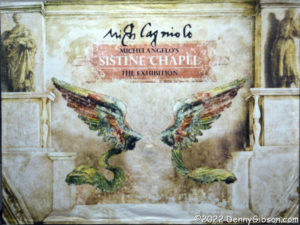


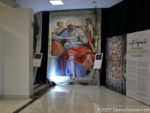

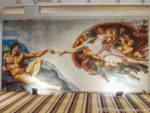
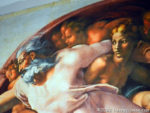



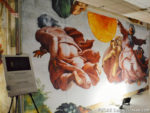
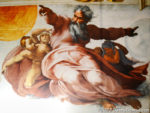

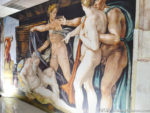

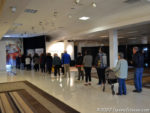

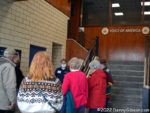
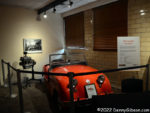
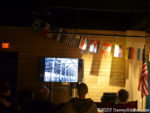
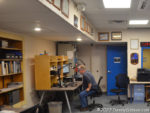
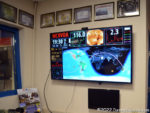
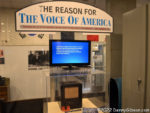
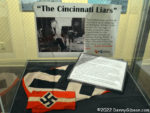
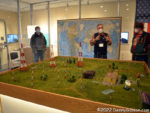


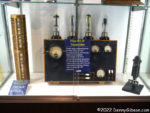
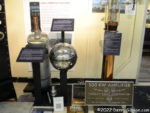


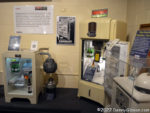
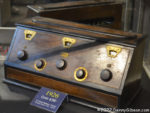
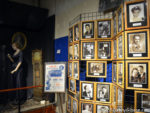
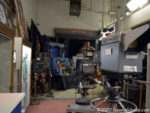

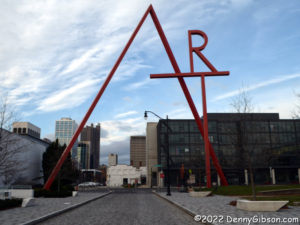
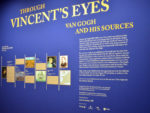
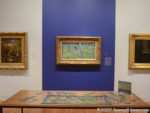





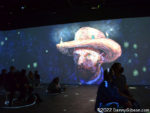
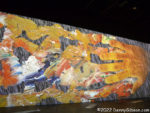
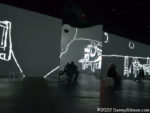
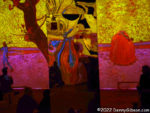
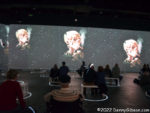
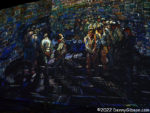

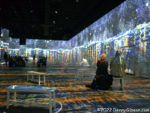
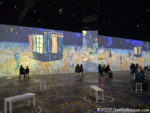

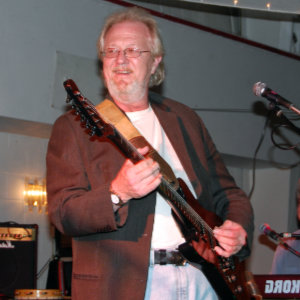 I know it’s a sign of a desperate search to find something nice to say, but I’ll say it anyway: 2020 makes 2021 look good. But COVID-19 continued to impact our lives greatly and to end far too many of them. In the U.S., deaths attributed to the virus in 2021 actually exceeded those of 2020 and the total has passed 800,000. Worldwide, that number is near 5.5 million. The United States has already passed its death count for the 1918 flu pandemic (675.000) while the worldwide count has a long way to go to hit the most conservative estimates for 1918 (12 million). Explain that to yourselves as best you can. My personal trip count doubled (from 2 to 4) and days of travel tried to do so (30 to 51). Two of the 2021 trip journals made the top five as did the blog entry for one of them. The most visited new blog post was one remembering Larry Goshorn who died in September.
I know it’s a sign of a desperate search to find something nice to say, but I’ll say it anyway: 2020 makes 2021 look good. But COVID-19 continued to impact our lives greatly and to end far too many of them. In the U.S., deaths attributed to the virus in 2021 actually exceeded those of 2020 and the total has passed 800,000. Worldwide, that number is near 5.5 million. The United States has already passed its death count for the 1918 flu pandemic (675.000) while the worldwide count has a long way to go to hit the most conservative estimates for 1918 (12 million). Explain that to yourselves as best you can. My personal trip count doubled (from 2 to 4) and days of travel tried to do so (30 to 51). Two of the 2021 trip journals made the top five as did the blog entry for one of them. The most visited new blog post was one remembering Larry Goshorn who died in September.